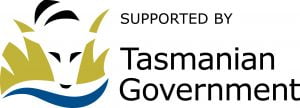
What is elder abuse?
The World Health Organization defines elder abuse as “a single or repeated act, or lack of appropriate action, occurring within any relationship where there is an expectation of trust, which causes harm or distress to an older person”.
Elder abuse may involve physical or sexual abuse, taking an older person’s money or possessions, neglecting them, making threats, or stopping their social contacts. It can happen at the hands of an adult child, another family member, friend or trusted acquaintance, and it often happens in the home.
One in six Australians aged 65 or older living in the community experience elder abuse each year, according to Australia’s first elder abuse prevalence study, released by the Australian Government in December 2021.
What’s ageism got to do with elder abuse?
The World Health Organization defines ageism as “the stereotyping and discrimination against individuals or groups on the basis of their age; ageism can take many forms, including prejudicial attitudes, discriminatory practices, or institutional policies and practices that perpetuate stereotypical beliefs.”
The National Plan to Respond to the Abuse of Older Australians [Elder Abuse] 2019-2023 acknowledges the role of ageism in elder abuse:
Ageism, and associated negative attitudes towards the experience of ageing, includes perceptions that older people lack worth and make less of a contribution to our society. While this may not cause abuse of older people, it can contribute to an environment in which individuals who abuse older people fail to recognise that their behaviour constitutes abuse; other members of society fail to notice these negative behaviours or take action to stop them; and older people experiencing elder abuse blame themselves and are too ashamed to seek assistance.
More information about ageism is available here.
Elder abuse information and help

